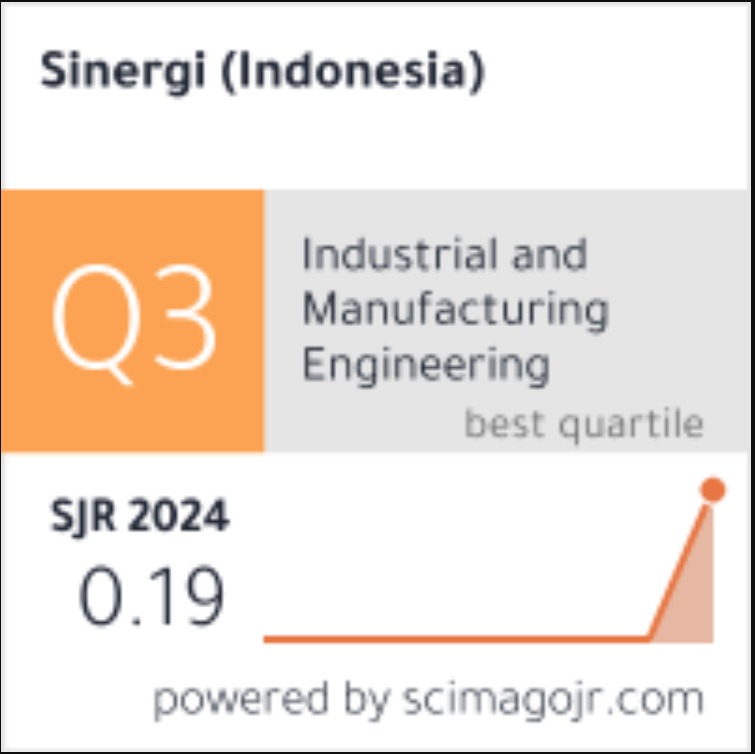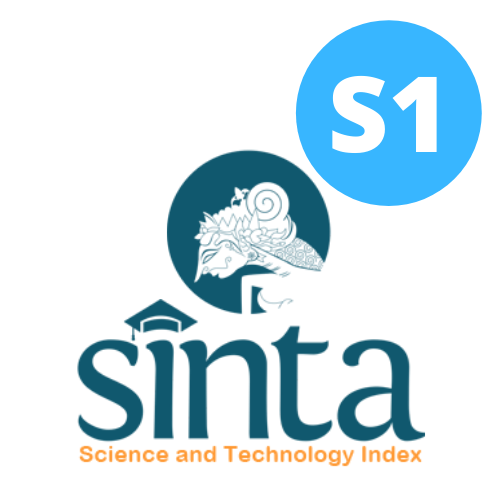Investigation of mechanical properties and microstructural characteristics of rice husk ash-based geopolymer mortar as patch repair
Abstract
The rapid expansion of the construction sector has escalated cement use, significantly impacting the environment due to CO2 emissions. Geopolymers are eco-friendly construction materials designed to reduce cement use and have the potential to be a patching material to rehabilitate concrete structures due to corrosion damage. Among these, pozzolanic materials like rice husk ash, rich in aluminosilicate, are abundant and suitable for geopolymer binders. This study explored the use of rice husk ash and alkali activators (NaOH/Na2SiO3), with different activator percentages (40%, 45%, and 50%), to evaluate their mechanical properties and potential applications as patch repair materials. This research involved formulating an optimal mix design through trial and error in a laboratory setting, followed by curing at 70 °C and testing at room temperature. XRF and SEM-EXD analyses were performed to determine the chemical composition and microstructure of the specimens. The activators, NaOH and Na2SiO3, were employed in a 1:3.5 ratio, with 14M molarity and 2% superplasticizer, to enhance workability. The test yielded the geopolymer mortar’s highest compressive strength of 8.14 MPa at a 40% activator variation. In comparison, the highest split tensile and flexural strengths were 2.50 MPa and 1.00 MPa, respectively, both at a 50% variation. These findings demonstrated the suitability of the mortar for patch repair on concrete substrates with compressive strengths below 8 MPa. The mechanical properties of the rice husk ash geopolymer mortar were influenced by the silica, calcium, and alkali activator content, affecting the mortar’s strength and density.
Keywords
Full Text:
PDFDOI: http://dx.doi.org/10.22441/sinergi.2025.2.009
Refbacks
- There are currently no refbacks.
SINERGI
Published by:
Fakultas Teknik Universitas Mercu Buana
Jl. Raya Meruya Selatan, Kembangan, Jakarta 11650
Tlp./Fax: +62215871335
p-ISSN: 1410-2331
e-ISSN: 2460-1217
Journal URL: http://publikasi.mercubuana.ac.id/index.php/sinergi
Journal DOI: 10.22441/sinergi
Journal by SINERGI is licensed under a Creative Commons Attribution-ShareAlike 4.0 International License
The Journal is Indexed and Journal List Title by:














